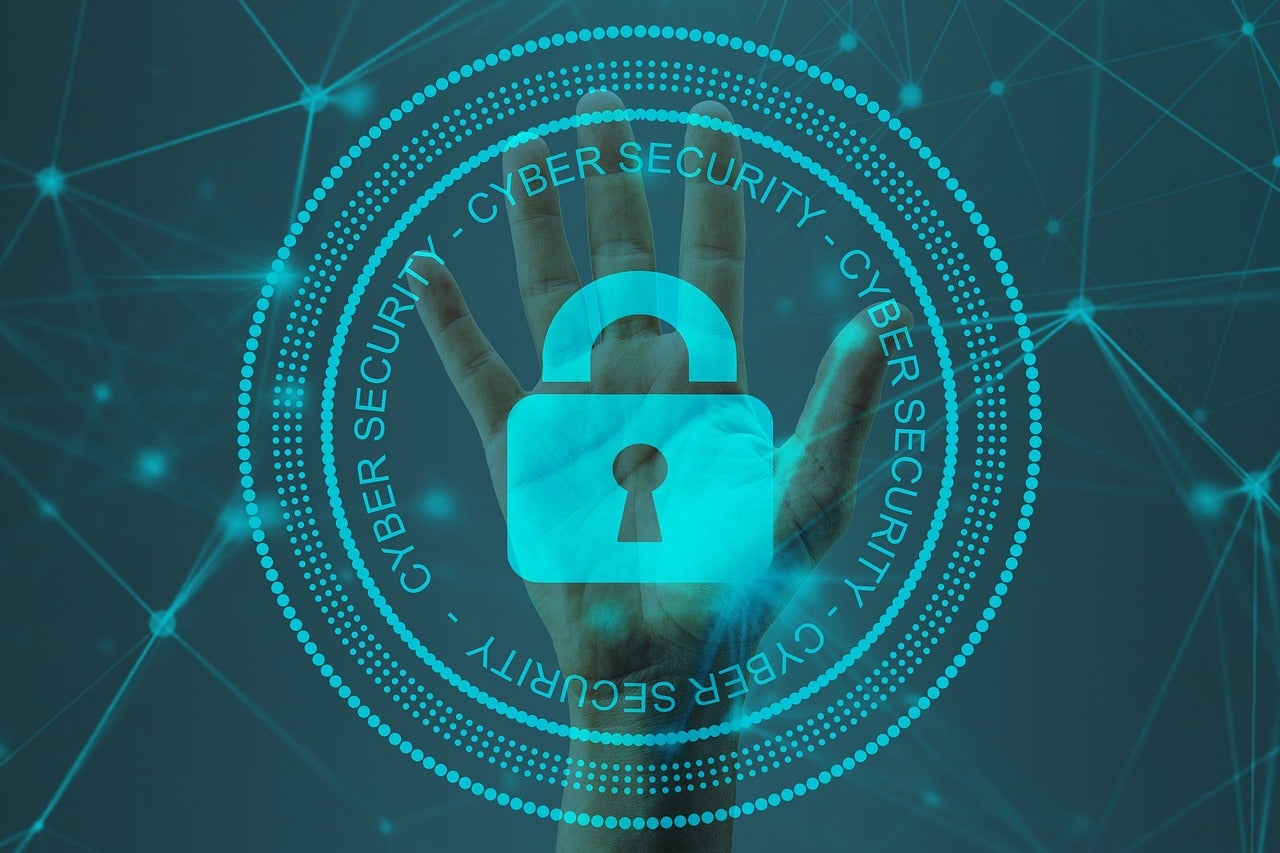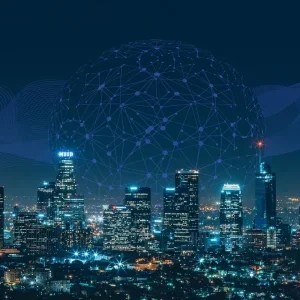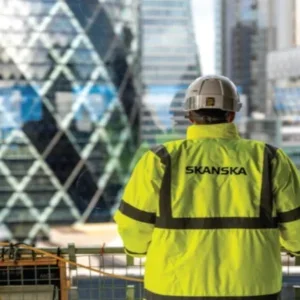
In the modern business environment, the lines between physical threats and cybersecurity risks are becoming increasingly blurred. Before the internet, companies only needed to ensure that their corporate offices had sufficient security measures in place to keep prying eyes and sticky fingers out.
But we now live in an era where intruders and saboteurs are a physical threat and can also traverse the dark back alleys of the digital world and breach corporate cybersecurity, along the way causing untold millions worth of damage in the blink of an eye – all without ever being within arm’s reach of either their target office, or indeed law enforcement. But it isn’t only malevolent actors seeking to disrupt business operations and turn an ill-gotten profit. As the recent Covid-19 pandemic proved, even microorganisms and viruses can upend carefully laid plans. Employees can be infected with contagious and deadly diseases, where even the simple task of being conscientious and coming into the office, can lead to a company’s entire workforce falling ill and being taken out of play. In such an environment, everyone is a potential threat to the business, as well as any malicious outsiders that continue to circle.
Enter the CSO
Into this maelstrom of threats steps the CSO, given the unenviable task of making sure that a full-spectrum response is in place for almost every danger imaginable. CSOs have a crucial role to play in recognising the intricate relationship between these various threats, and understanding how they intersect and create vulnerabilities within the organisations they’ve been charged with defending. Simply put, without them and their expertise, businesses face being crippled or, at worst, shut down entirely. There are countless examples here, from the 2013 hack of Yahoo, resulting in the exposure of three billion individual accounts, to the 2018 floods that ravaged Japan’s automotive supply chain.
Naturally, it is impossible to know every possible threat and mitigate against it – after all, who predicted the impact that the Covid-19 pandemic would have? Rather than having an answer to everything, CSOs should instead stay on their toes and be agile so that, with careful planning, they’re able to mitigate and minimise risks to the business as they arise, while keeping an eye on developing threats. A proactive CSO should, moreover, employ meticulous research and analysis to identify potential threats and vulnerabilities specific to their industry and location. By studying past incidents and emerging trends, they gain valuable insights into the evolving nature of physical and cyber risks. They must also take care when it comes to the cyber domain. As technology now permeates every aspect of life, not to mention vital business operations, the significance of cybersecurity has soared. CSOs are acutely aware of the potential for cyberattacks to disrupt operations, compromise sensitive data and tarnish a company’s reputation, with 28% of European SMEs experiencing at least one type of cybercrime in 2021. Yet, by collaborating closely with IT departments and leveraging cutting-edge cybersecurity solutions, CSOs establish robust defence mechanisms that protect against ever-evolving digital threats.
But where technology can pose a threat, it can also be an invaluable ally in the fight to keep businesses operational – and profitable. To navigate the ever-changing threat landscape, CSOs are embracing advanced technologies to fortify their security infrastructure. From physical surveillance systems to sophisticated cybersecurity tools, these innovations enhance threat detection and response capabilities, enabling organisations to stay ahead of potential attackers. Once again, the statistics are revealing here, with Gartner predicting that global spending on cybersecurity will grow by over 11% in 2023, a jump of $188bn.
Rise of the machines
One of the latest technological advances in helping companies fend off threats and to help integrate both physical and digital defensive countermeasures are smart machines themselves. The advent of AI and machine learning (ML) has revolutionised the security landscape, and CSOs can now harness the power of AI and ML algorithms to detect anomalies, predict potential threats and automate response protocols. These technologies enable security teams to analyse vast amounts of data in real-time – including physical surveillance systems, cybersecurity logs and network traffic – identifying patterns and proactively addressing vulnerabilities. That naturally ensures security incidents are kept to a minimum.
AI, for its part, excels at recognising patterns and identifying trends. By leveraging historical data, these technologies can identify common attack vectors, evolving attack methodologies and potential vulnerabilities while enabling the automation of routine security tasks and response protocols. For example, AI-driven systems can automatically flag and block suspicious network traffic, initiate incident response procedures or trigger physical security measures in real-time. Moreover, these technologies can adapt and learn from new threats, constantly improving defence mechanisms and reducing response times. No wonder European corporate spending on AI hit a bewildering $7bn in 2019, a figure expected to soar through the end of the decade. In sum, the integration of AI and ML technologies into a corporate security infrastructure provides CSOs with comprehensive situational awareness by aggregating and analysing data from diverse sources. This holistic view allows CSOs to identify potential correlations between physical and cyber events, uncovering hidden connections that may indicate a coordinated attack. By understanding the interplay between physical and cyber threats, CSOs can develop robust defences that address vulnerabilities across multiple domains.
All of the above also means that these decisions are fundamentally driven by data, providing actionable insights derived from the analysis of vast amounts of information, rather than panicked reactions in the middle of a major incident. That’s especially true given smart technologies can generate predictive models, simulate various security scenarios and evaluate the effectiveness of existing defence mechanisms. CSOs can leverage these insights to allocate resources effectively, prioritise security investments and optimise risk management strategies.
Of course, there is little AI integrated into a corporate security infrastructure can do to protect offices from deadly pathogens and viruses. But the more boxes a CSO can check off, the better. In the meantime, companies can implement several measures to mitigate the risk and maintain business continuity, including dispersing the workforce where possible through remote working arrangements, and to keep a clean and hygienic environment within the office where that is not feasible – even as an ocean of physical and digital threats continues to swirl around them.






